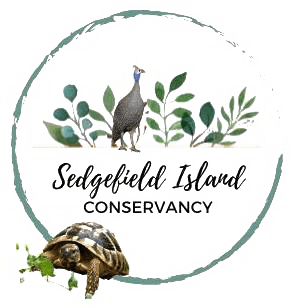Urban Conservancies under Pressure
Semigration and Conservation
Sedgefield, along with most of the Garden Route, is experiencing massive population growth resulting from people relocating en masse from Gauteng, the Eastern Cape, Free State and even Cape Town.This influx has created a housing and building boom that has rapidly consumed open residential land in the area, with open areas being re-zoned to residential. Not only has the number of housing units increased but population density has increased as a result of subdivisions and high-density complexes.
All this progress and building has been at the cost of massive habitat loss in the coastal towns. Holiday homes, whose gardens provided habitat during most of the year, are now permanently inhabitated. Open erven have been stripped bare, built on and then fenced and lawned by the new owners.
Not only have we lost habitat for wildlife, but the increased human population has led to other problems, such as:
Road mortalities of birds and small wildlife are up everywhere.
The use of pesticides has increased, directly poisoning wildlife and endangering the quality of the soil and ground water.
New arrivals from inland cities are not used to the conservancy ethos that 'locals' have nurtured for many decades, resulting in loss of wildlife corridors (simple gaps in fences) and indigenous plants that provide shelter and food.
Things are not going to get any easier either. This CSIR report on population dynamics to 2050 indicates that the Knysna area can expect 35% population growth, presenting a huge additional load on already stretched services and resources.

Protecting our Natural environment whilst creating a better environment for people.
+27 (0)83 376 7846
Quick links
Follow us
Newsletter
Subscribe now to get our newsletter.
Created with © systeme.io




